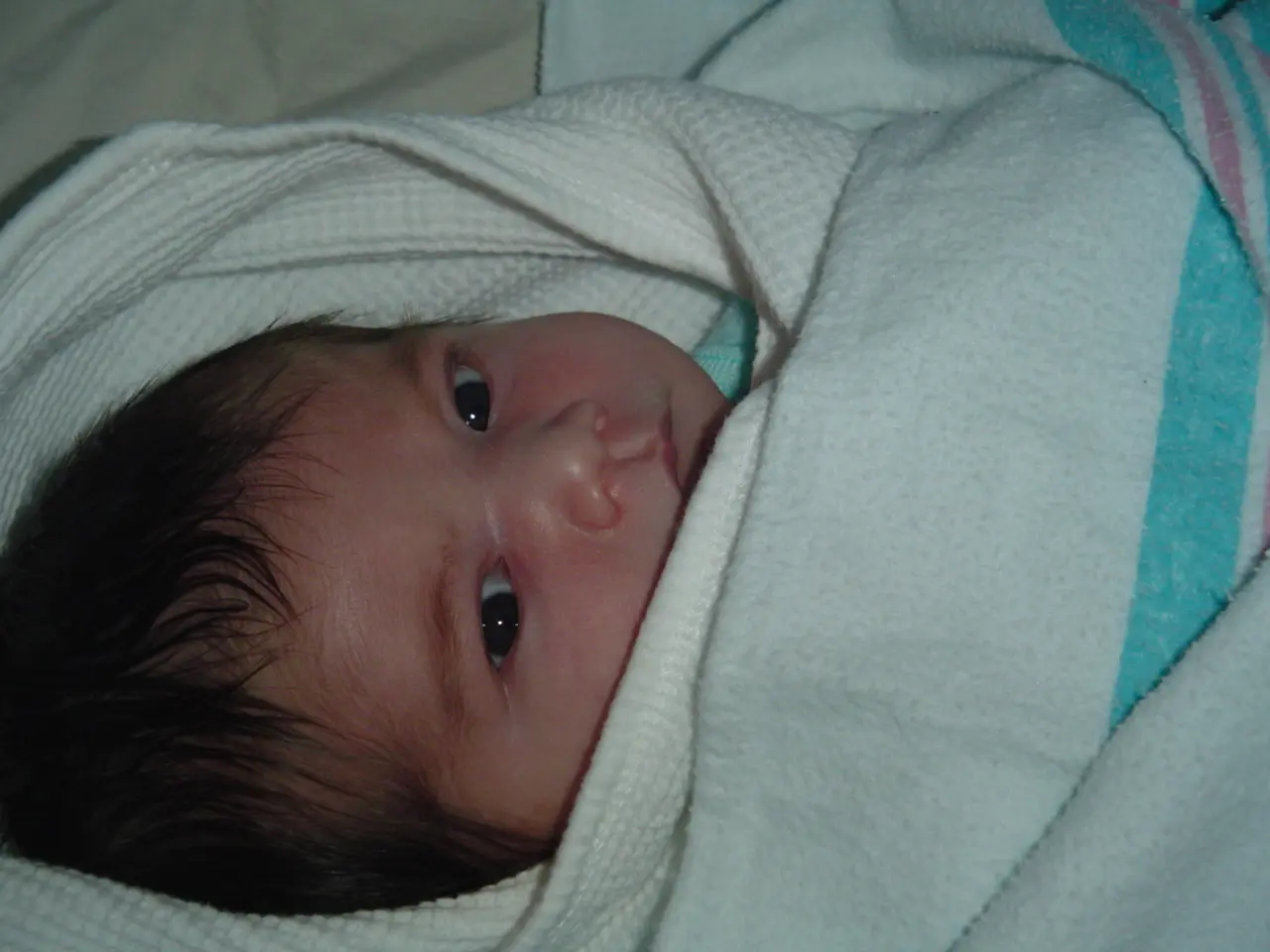Managing Allergies in Kids: Prescriptions and Homemade Solutions
Seasonal allergies, also known as allergic rhinitis or hay fever, affect a significant number of children worldwide. In the United States, approximately 18.9% of children aged 0 to 17 years are affected, according to recent data from the National Center for Health Statistics. Globally, the prevalence of allergic rhinitis is estimated to be between 10.5% and 19.9%, with rates rising due to factors like urbanization and climate change.
Symptoms of seasonal allergies in children can include nasal congestion or stuffiness, frequent sneezing, a clear runny nose, itchy, red, and watery eyes, throat irritation, swelling around the eyes, and symptoms that start quickly after allergen exposure and typically last beyond two weeks. These symptoms can impair sleep quality, daily activities, and performance in school.
Seasonal allergies are usually caused by pollen from trees, grasses, and weeds, which are highly prevalent in spring and fall. Mold spores can also trigger similar symptoms.
Managing seasonal allergies involves a multi-step approach. Firstly, minimizing exposure to allergens by avoiding outdoor activities when pollen counts are high, using air purifiers, keeping windows closed during pollen season, regular cleaning, allergen-proof bedding, and reducing indoor humidity to limit mold growth can help.
Secondly, medications can provide relief from symptoms. Over-the-counter antihistamines can relieve sneezing, itching, and a runny nose, while nasal corticosteroids can help with inflammation control, particularly for persistent symptoms. Decongestants can help with nasal congestion, and eye drops can soothe itchy, watery eyes.
For persistent or severe cases, healthcare providers may prescribe stronger medications or consider allergen immunotherapy, which involves injecting or consuming small amounts of substances that a child is allergic to. Options include allergy shots, allergy drops, and allergy tablets.
Early identification and treatment following standardized guidelines can reduce symptom severity and prevent progression to asthma, which is a common comorbidity in children with allergic rhinitis.
Wearing face masks outdoors may also help children avoid pollen in the air. Encouraging children to adopt good hygiene habits can prevent traces of pollen from coming inside the home from the outside, such as bathing before bed, clean night clothes, washing hands and face when coming in from outside, and washing bedding at least weekly.
In summary, around one in five children experience seasonal allergies with symptoms primarily involving the upper respiratory tract and eyes. Effective management combines allergen avoidance, symptom relief with medications, and in some cases, immunotherapy, improving quality of life and reducing risks of asthma development. If a child loses consciousness or has trouble breathing, call 911 or a local emergency number immediately.
- Children's health can be affected by seasonal allergies, particularly during spring and fall, when pollen from trees, grasses, and weeds is highly prevalent.
- Science has advanced with the development of medications like antihistamines, nasal corticosteroids, decongestants, and eye drops to relieve symptoms of seasonal allergies in children.
- To prevent progression to more serious conditions like asthma, it is crucial to identify and treat seasonal allergies in children early, following standardized guidelines, and consider immunotherapy in persistent or severe cases.




